Top 5 Trends Shaping the 3D Reconstruction Technology Market in 2025: Market Demand and Opportunities
RELEASE DATE: Mar 2025 Author: Spherical Insights Request Free Sample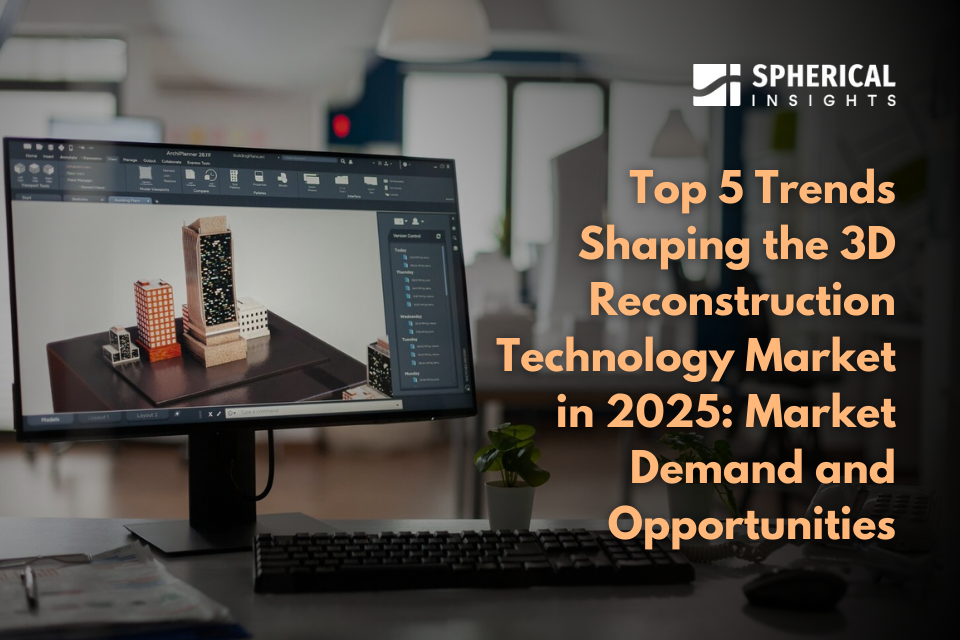
The market for 3D reconstruction technology is expanding rapidly, owing to advances in artificial intelligence (AI), machine learning (ML), LiDAR, and photogrammetry. Healthcare, construction, automotive, and entertainment industries are rapidly using 3D reconstruction solutions for a variety of applications, including digital twins and architectural modeling, as well as medical imaging and virtual reality simulations. The increasing demand for high-precision mapping and immersive digital experiences is fueling innovation in this field.
3D reconstruction technology Market
Businesses are investing extensively in research & development, as the 3D Reconstruction Technology Market is expected to grow from USD 1.35 billion in 2023 to USD 4.04 billion by 2033, representing an 11.58% CAGR. As cloud-based solutions and augmented reality-driven apps gain pace, 2025 is predicted to deliver disruptive developments and new opportunities for industry participants.
Top 5 Trends Shaping the 3D Reconstruction Technology Market
1. Integration of Artificial Intelligence and Machine Learning
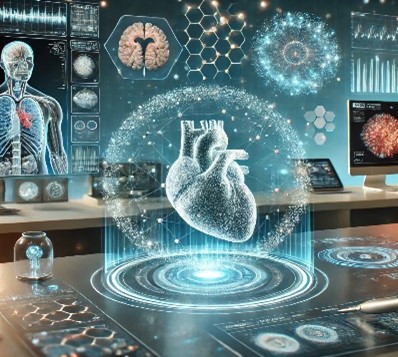
The combination of Artificial Intelligence (AI) and Machine Learning (ML) with 3D reconstruction technology greatly improves the accuracy, efficiency, and automation of 3D model development. AI-powered algorithms allow for real-time object detection, depth estimation, and automated feature extraction, minimizing processing time and human intervention. This innovation is especially significant in healthcare, as AI-driven 3D reconstruction improves medical imaging, diagnosis, and surgery planning by delivering highly accurate anatomical models. Furthermore, AI increases predictive analytics in medical applications, allowing for individualized treatment planning. Beyond healthcare, AI-powered 3D mapping is transforming industries like self-driving cars, urban planning, and industrial automation, making reconstruction processes more scalable and effective.
2. Advancements in LiDAR and Photogrammetry
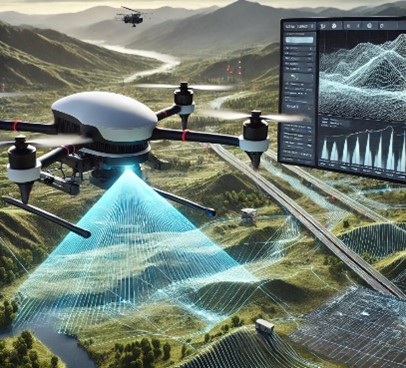
LiDAR (Light Detection and Ranging) and photogrammetry are critical tools for improving high-precision 3D reconstruction in a variety of sectors. LiDAR delivers very accurate spatial data by measuring distances with laser pulses, whereas photogrammetry converts 2D photos into comprehensive 3D models. The integration of these technologies improves accuracy and efficiency in geospatial mapping, infrastructure development, and autonomous vehicle navigation. In urban planning and environmental monitoring, LiDAR and photogrammetry allow for exact terrain modeling and structural analysis. Furthermore, in archaeology and heritage conservation, these techniques enable the digital preservation of historical sites, enabling rigorous recording and restoration operations.
3. Expansion into the Metaverse and Virtual Reality
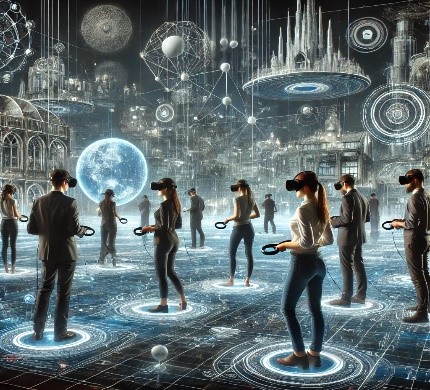
The emergence of the metaverse and the growing demand for immersive digital experiences are hastening the mainstream deployment of 3D reconstruction technology. High-precision 3D models are essential for creating realistic virtual environments in games, training simulations, virtual collaboration, and social platforms. As more firms and sectors use interactive digital ecosystems, 3D reconstruction increases user engagement and realism. This trend is also revolutionizing e-commerce, real estate, and remote education, with virtual walkthroughs and simulations offering highly participatory experiences. By seamlessly linking the physical and digital worlds, 3D reconstruction technology has the potential to transform digital interactions, providing unsurpassed realism and engagement across a wide range of applications.
4. Cloud-Based Solutions Enhancing Scalability
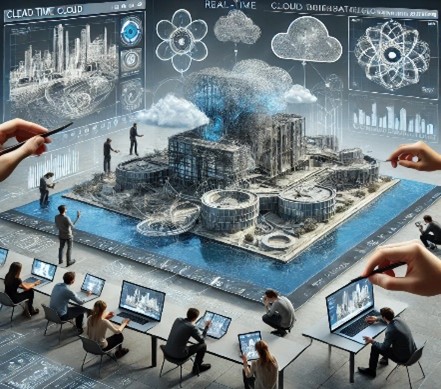
Cloud computing is changing 3D reconstruction by providing scalable processing power and massive storage capacity. Cloud-based platforms provide real-time collaboration and seamless integration with advanced digital tools, making them important in industries like architecture, engineering, and construction (AEC). This technology improves workflow productivity by enabling teams to access, process, and share high-resolution 3D models remotely. Cloud computing speeds up data processing, allows for cost-effective scalability, and improves project management by eliminating hardware limits. Furthermore, cloud-based 3D reconstruction promotes interdisciplinary collaboration, allowing professionals from many places to easily assess, alter, and optimize digital models for a variety of applications.
5. Growing Applications in Healthcare and Biomedical Fields
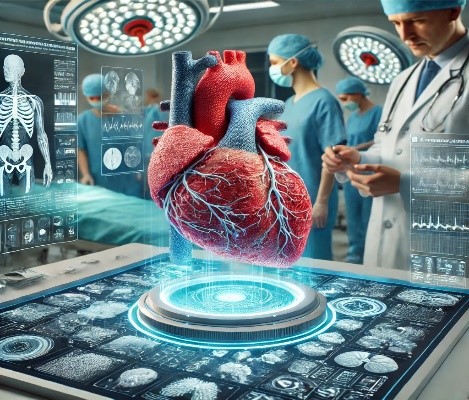
The healthcare industry is quickly adopting 3D reconstruction technology for medical imaging, prosthetic design, and surgical planning. High-precision 3D models enable precise diagnosis and individualized treatment plans, resulting in much better patient outcomes. This technology is transforming radiology and oncology, as accurate anatomical reconstructions help with early illness identification and targeted treatments. Furthermore, the usage of 3D-printed anatomical models is gaining popularity in medical education and preoperative planning, allowing surgeons to see intricate anatomy before performing surgeries. As AI-powered 3D reconstruction advances, the healthcare industry is positioned for increased efficiency, precision, and innovation in patient care.
Top 3 Opportunities in the 3D Reconstruction Technology Market
- Smart City Initiatives and Infrastructure Development
The global push for smart city initiatives creates a big opportunity for 3D reconstruction technology. Accurate 3D models are critical for urban planning, infrastructure monitoring, and disaster management, as they enable more effective resource utilization and improved public services.
- E-Commerce and Augmented Reality Integration
The e-commerce business is using 3D reconstruction to improve client engagement using augmented reality (AR) applications. Retailers may boost consumer satisfaction and reduce return rates by giving interactive 3D models of their products.
- Advancements in Autonomous Systems
The development of autonomous vehicles and robotics is strongly reliant on detailed 3D environmental mapping. 3D reconstruction technology provides the spatial awareness required for navigation and obstacle avoidance, making it an essential component in the development of autonomous systems.
Conclusion
The market for 3D reconstruction technology is increasing rapidly, owing to technological advancements and new applications in a variety of industries. Key trends affecting the market include the incorporation of AI, developments in data collecting technologies, and the rise of immersive digital platforms. Furthermore, chances in smart city development, e-commerce, and self-driving systems present attractive opportunities for stakeholders. As the market evolves, ongoing innovation and smart adoption of emerging technologies will be critical in realizing the full potential of 3D reconstruction solutions.
About the Spherical Insights & Consulting
Spherical Insights & Consulting is a market research and consulting firm which provides actionable market research study, quantitative forecasting and trends analysis provides forward-looking insight especially designed for decision makers and aids ROI.
Which is catering to different industry such as financial sectors, industrial sectors, government organizations, universities, non-profits and corporations. The company's mission is to work with businesses to achieve business objectives and maintain strategic improvements.
CONTACT US:
For More Information on Your Target Market, Please Contact Us Below:
Phone: +1 303 800 4326 (the U.S.)
Phone: +91 90289 24100 (APAC)
Email: inquiry@sphericalinsights.com, sales@sphericalinsights.com
Contact Us: https://www.sphericalinsights.com/contact-us